
Coronavirus has had a huge impact on the global economy, with share prices dramatically dropping at the same rate as the 2008 financial crisis and China’s economy is already suffering considerably. However, has the property market in the UK been affected so far? Only mildly.
Minor dips in the housebuilding market
So far coronavirus has only mildly impacted the property development finance market in the UK, with a small decrease in share prices. Housebuilding firms such as Berkeley and Vistry have seen their shares flatline and Crest Nicholson was down by 0.57%. However, the impact of the virus on house prices in the next coming months is not yet known.
A strong February for house prices
February was a good month for house prices, with the average price of a house increasing 2.8 percent compared to the same time last year. According to the recently published Halifax House Price Index, prices were increasing by 2.9 per cent per quarter, meaning that the average price of a property in the UK is now around £240,677.
There has been a stable level of both buyer and seller activity in recent months, far better than has been seen in recent years. Property experts strongly believe that this is because the jobs market is strong, borrowing rates are almost at a record low and the end of uncertainty regarding Brexit. Average house prices in the UK rose considerably in February alone. Many have seen that as a welcome return to a healthy property market. But, this may be at risk now due to the spread worldwide of coronavirus taking place at a rapid rate in the last few weeks.
Coronavirus could threaten UK house prices
Experts believe that if the coronavirus spreads more prominently to the UK, this could pose a significant blow to the housing market.
This is partly based on the fact that political uncertainty in the last two years had a huge impact on prices and the virus could have the same effect in causing falling price growth and transactions.
For example, new builds abroad have already stopped, with new travel restrictions in place meaning that it is more difficult for developers to attract interest from foreign investors.
In the long-term, this could be harmful to foreign investment if such restrictions are in force for a considerable period of time. It will also likely have a knock-on effect on house prices.
House buyers and sellers could put plans on hold
In a survey carried out recently by Benham and Reeves, their data revealed that 17 percent have already put plans on hold for buying or selling property due to the coronavirus.
If fears become more widespread, then market activity may fall once again despite an otherwise strong start to the year.






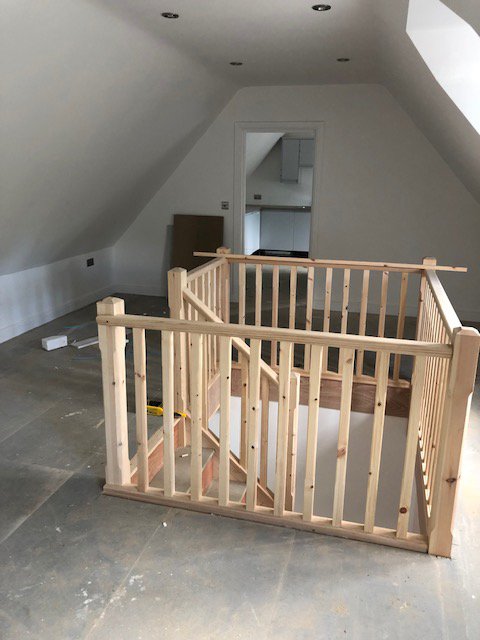
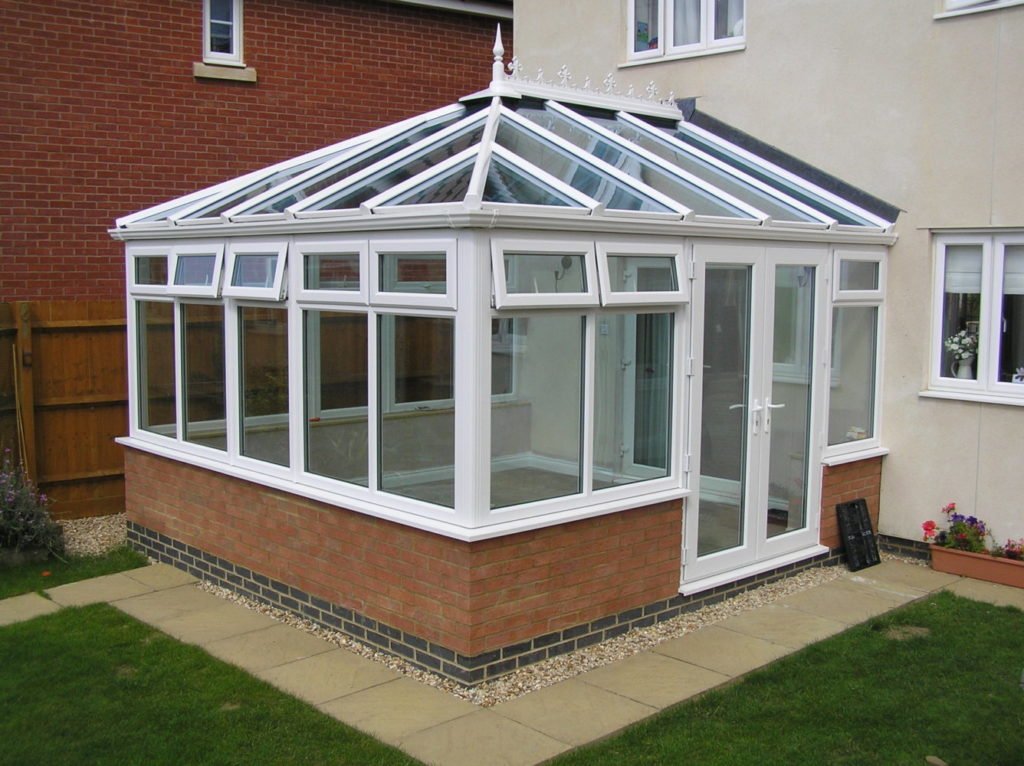


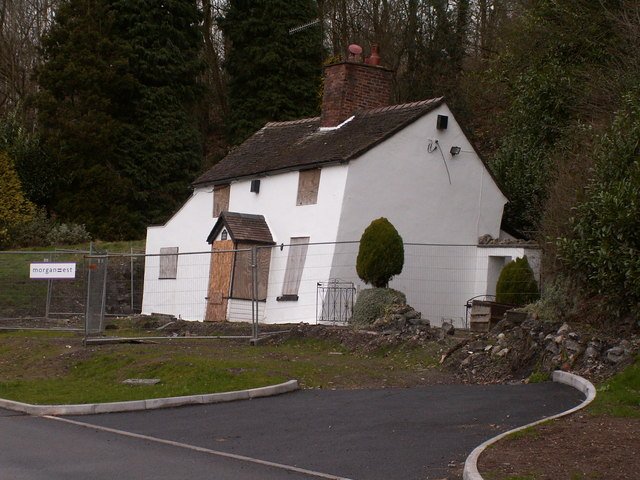
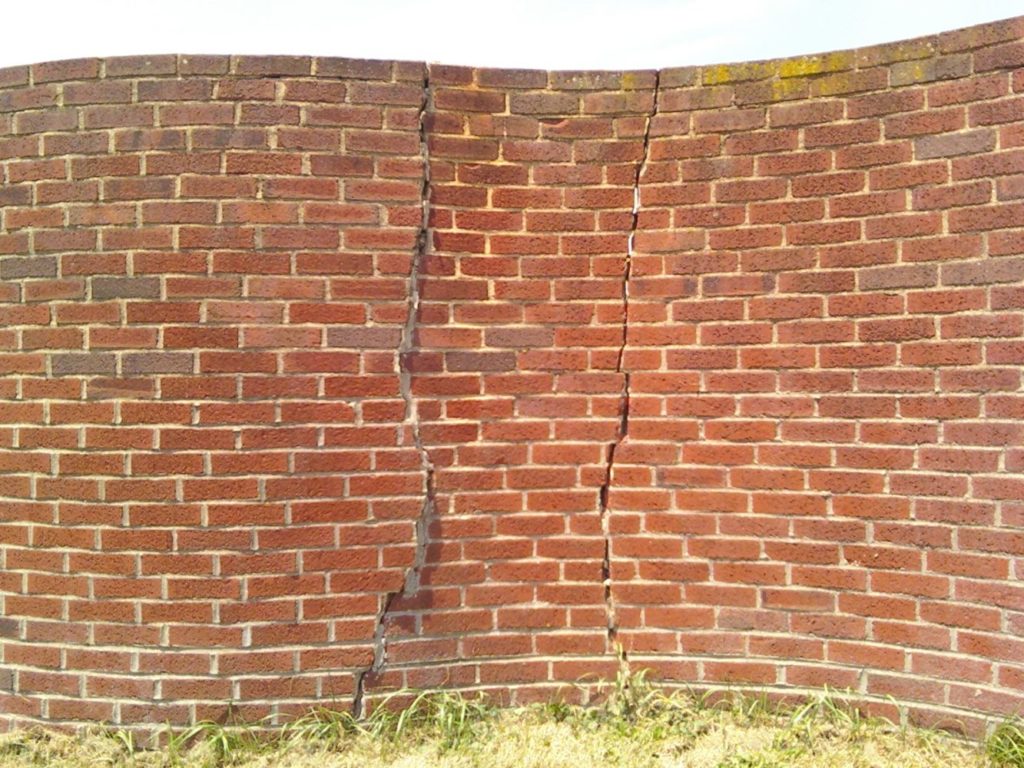
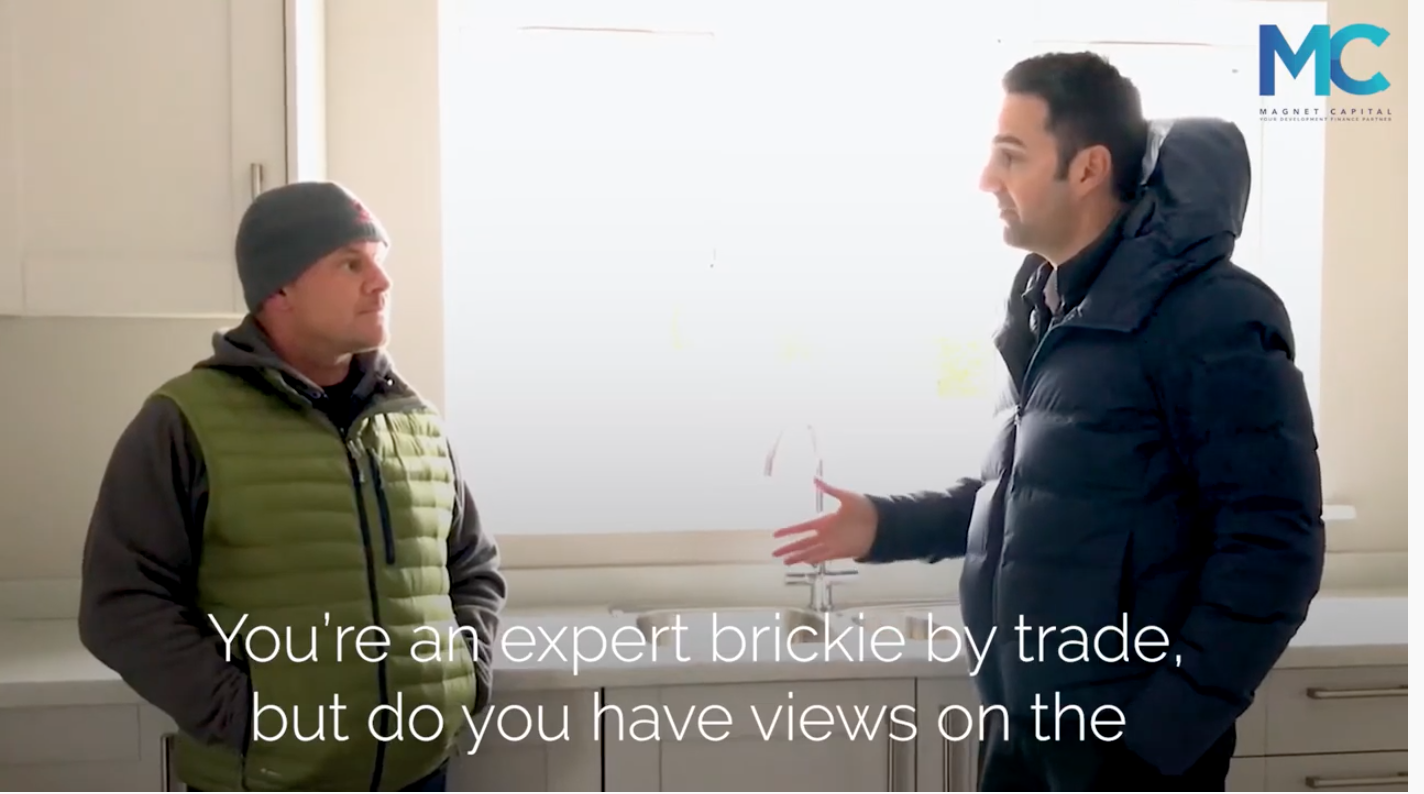







Recent Comments